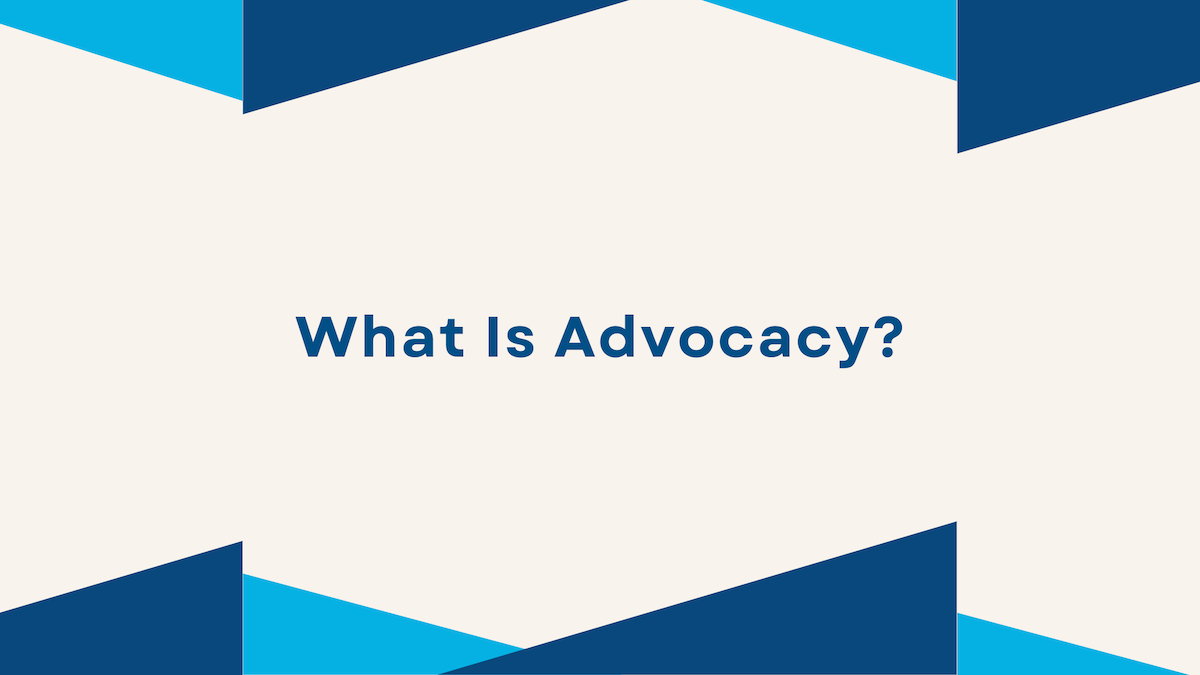Advocacy is a powerful tool used by individuals, groups, and organizations to bring attention to issues, influence decision-making, and promote meaningful change. For nonprofits, advocacy often serves as the bridge between the communities they serve and the systemic changes needed to address social, economic, and environmental challenges.
By educating, persuading, and mobilizing others, advocacy helps bring critical issues to the forefront and fosters solutions that benefit society as a whole
What Is Advocacy?
Advocacy can be defined as the act of supporting a cause or proposal through various actions designed to inform and influence others. It encompasses a wide range of activities, from raising public awareness to lobbying government officials to make policy changes. Advocacy is not a one-size-fits-all approach; it adapts to the specific goals of the organization and the needs of the community it serves.
In the nonprofit world, advocacy often aims to:
- Amplify marginalized voices: Ensuring that underrepresented communities have a say in policies that affect them.
- Educate the public: Sharing information to build awareness about key issues, such as climate change, education reform, or public health.
- Influence policy: Encouraging lawmakers to adopt or amend legislation to address systemic inequities or challenges.
Types of Advocacy
- Community Advocacy
This type focuses on mobilizing individuals and groups within a community to address local issues. For example, a nonprofit might organize residents to advocate for affordable housing or improved public services. - Policy Advocacy
Policy advocacy involves working to influence laws, regulations, or governmental actions. This could mean lobbying for stronger environmental protections, proposing healthcare reforms, or championing equitable education policies. - Grassroots Advocacy
Grassroots advocacy empowers individuals at the local level to take collective action. It often involves letter-writing campaigns, petitions, or rallies aimed at demonstrating widespread support for a cause. - Legal Advocacy
In some cases, advocacy may involve pursuing legal action to protect rights or challenge injustices. Legal advocacy often works in tandem with public campaigns to bring about structural changes.
Nonprofit Resources
The Charity Charge resource hub is dedicated to providing tips, tools, and information to help your nonprofit create and grow a modern organization. Learn more
How Advocacy Works in Nonprofits
For nonprofits, advocacy serves as a critical strategy for creating change beyond direct services. For example, a nonprofit working to alleviate homelessness may provide temporary shelters while also advocating for affordable housing policies to address root causes.
To be effective, advocacy efforts require a clear strategy:
- Defining goals: What specific change is the organization trying to achieve?
- Understanding the audience: Who has the power to make that change, and how can they be persuaded?
- Crafting the message: A compelling narrative that combines facts, data, and emotional appeal can inspire action.
- Building partnerships: Collaborating with other organizations, businesses, or community groups can amplify the impact of advocacy campaigns.
Advocacy in Action
One notable example of advocacy is the global climate change movement. Organizations like 350.org use advocacy to pressure governments and corporations to adopt sustainable practices. Their efforts range from public awareness campaigns to lobbying for policy changes like carbon reduction targets and renewable energy investments.
Another example is the fight for racial justice. Advocacy organizations have mobilized communities, raised awareness about systemic racism, and successfully influenced changes in policing and criminal justice policies in many regions.
Challenges in Advocacy
Advocacy is not without its challenges. For nonprofits with 501(c)(3) status in the United States, there are legal limitations on lobbying activities, requiring careful navigation to stay compliant. Additionally, advocacy often involves addressing deeply entrenched systems of power, which can take time and persistence to change.
Nonprofits must also be prepared to face opposition, whether from individuals, corporations, or political entities that disagree with their cause. Clear communication and strong stakeholder support can help overcome these hurdles.
Why Advocacy Matters
Advocacy is about more than raising a voice; it’s about creating a platform for those who often go unheard. It helps bridge the gap between those with power and those in need, pushing for policies and practices that promote equity and justice.
Advocacy ensures that the voices of individuals and communities are not only heard but also acted upon.
Whether it’s through raising awareness, lobbying for policy reform, or mobilizing grassroots efforts, advocacy empowers change at every level of society. For nonprofits, it’s a way to align their mission with systemic solutions, ensuring long-lasting impact for the causes they champion.





